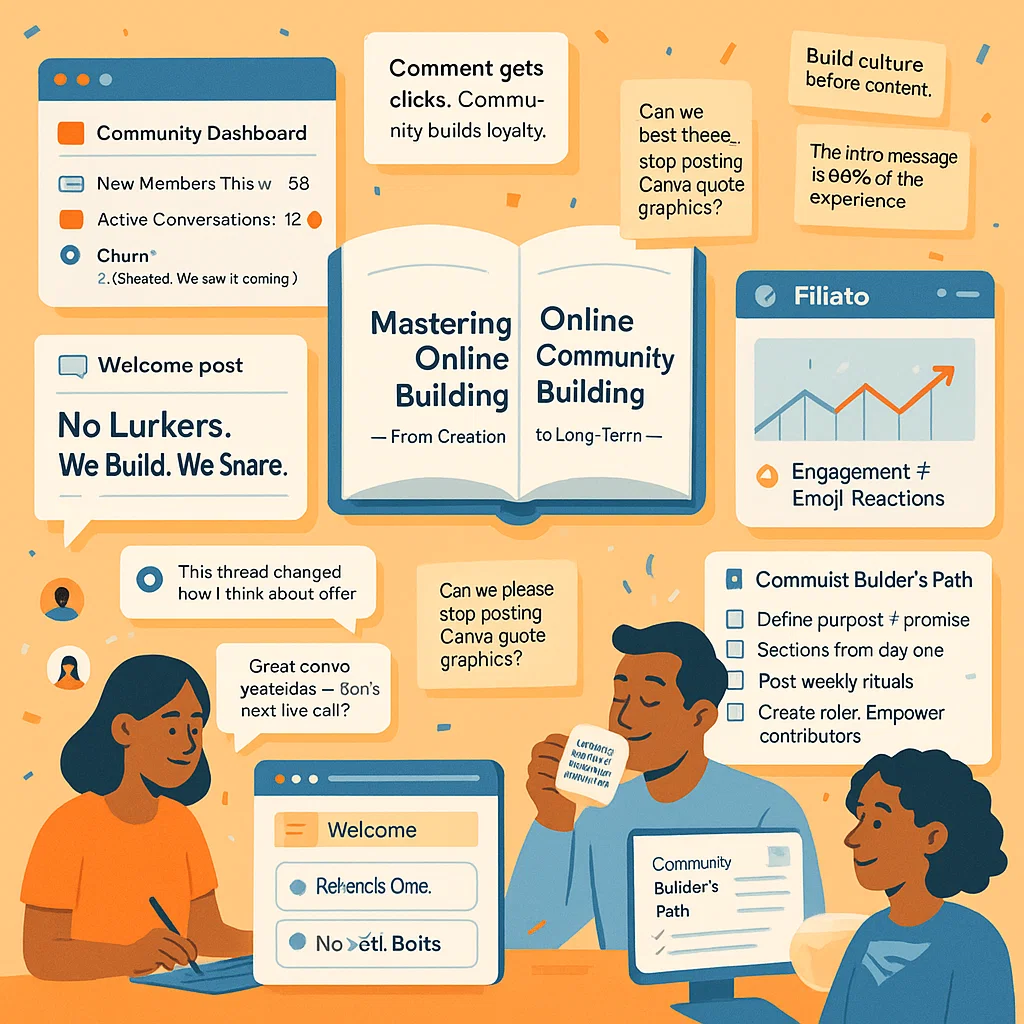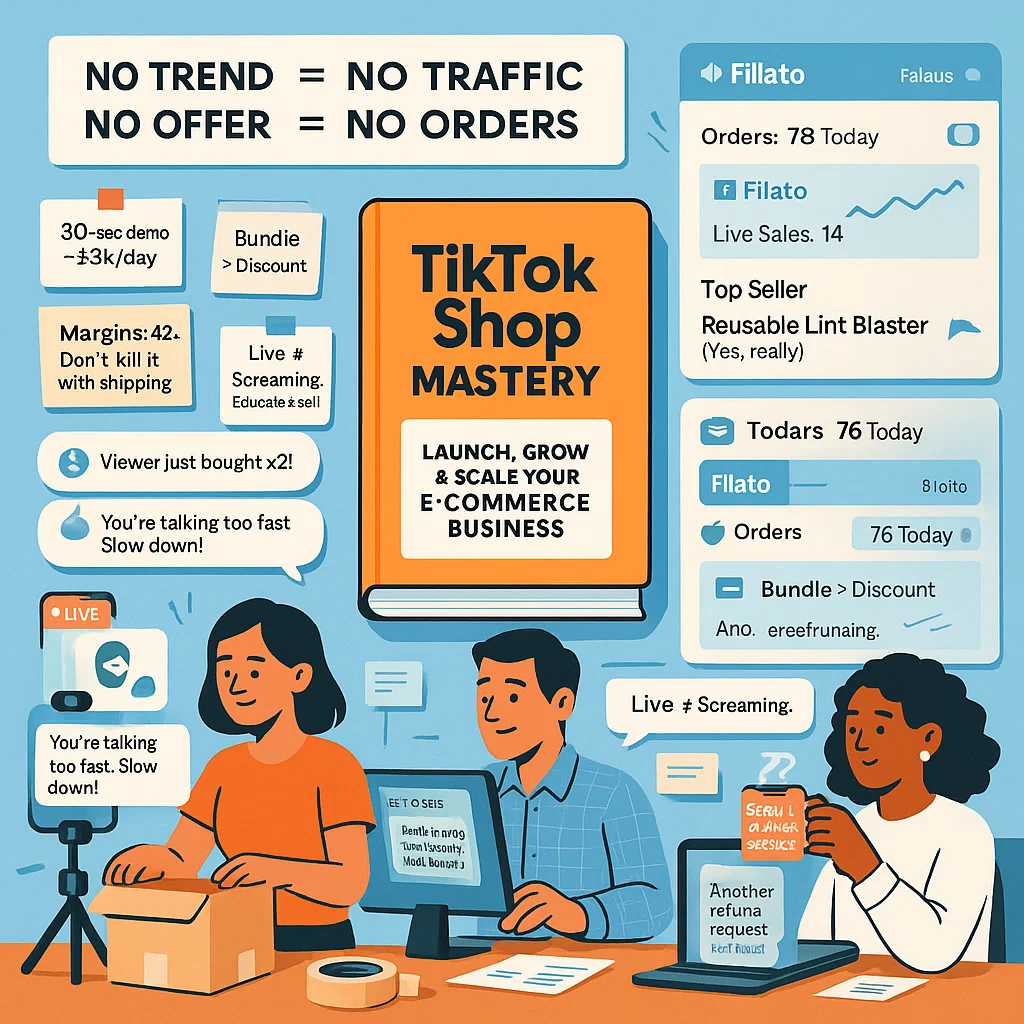The Future of Work is Automated: A Practical Guide to AI-Driven Workflows for 2025
Work as we know it is being redefined—not by robots replacing people, but by intelligent systems augmenting what we do. In a world where speed, scale, and adaptability matter more than ever, AI-powered workflows are transforming how businesses operate—from startups to enterprise teams.
But automation isn’t just about bots and cost savings anymore.
Today’s smart businesses are building adaptive, ethical, and scalable AI workflows that learn over time, handle exceptions, and empower human teams to focus on what truly matters.
In this blog, based on AI Automation and Workflows: Foundations for the Future of Work, we break down how you can begin building, optimizing, and managing AI automation that actually works—for your team, your goals, and your values
Why AI Workflow Automation Matters Now
Whether you’re a solo founder, a marketer, or a systems architect, you’ve likely faced:
- Repetitive tasks that drain your team’s time
- Data scattered across tools and platforms
- Workflows that break when scaled or changed
- Inconsistent decision-making or delayed actions
AI-powered workflows solve these by introducing smart decision layers that adapt, learn, and improve with use—without requiring constant manual oversight
Core Technologies Behind Smart Automation (And Why They Matter)
AI workflow systems are powered by a layered tech stack that includes:
- Machine Learning (ML): Learns from patterns to automate decisions (e.g. fraud detection, routing).
- Natural Language Processing (NLP): Understands and generates human language for chatbots, summarization, and classification.
- Robotic Process Automation (RPA): Mimics human clicks and keystrokes for repetitive digital tasks.
- Computer Vision: Reads images and documents for tasks like ID verification or invoice scanning.
- Generative AI (GenAI): Creates content—text, audio, image, or code—based on prompts.
- AI Agents: Autonomous decision-makers that orchestrate multi-step tasks with memory and logic
These technologies work best together. For example: NLP + GenAI = smart support bots. ML + RPA = adaptive back-office operations.
How to Design a Workflow that’s Ready for AI
Before adding AI, your workflow needs structure. Here’s how:
- Map your real processes: Not the ideal ones on paper—the actual way tasks happen.
- Use task & process mining: Tools like UiPath or Celonis can uncover bottlenecks and manual workarounds
- Break it down: Modular workflows make AI integration easier (and more resilient).
- Identify the automation type:
- Structured, rule-based = RPA
- Decision-heavy, unpredictable = ML or AI agents
- Language-based = NLP + GenAI
Think of AI as the brain—but you still need a solid skeleton.
The Right Tools for Every Team Size and Skill Level
Not every team needs a data scientist. Here’s how to match tools to your technical skill:
| Platform Type | Who It’s For | Examples |
|---|---|---|
| No-Code | Beginners, SMB teams | Zapier, Relay.app, Relevance AI |
| Low-Code | Tech-savvy creators | Make.com, UiPath, n8n |
| Code-First | Developers | LangChain, Pipedream, OpenAI API |
And if you need smart orchestration, AI agent platforms like Lindy and Smythos allow multi-step reasoning and task chaining across toolsAI Automation and Workf….
Real-World Use Cases That Are Already Working
Across industries, here’s how AI workflows are creating real value:
- Healthcare: Automate triage, summarize notes, and process records fasterAI Automation and Workf….
- Finance: Detect fraud, auto-approve loans, route exceptions.
- Retail: Personalize offers, manage returns, optimize inventory.
- Education: Power adaptive learning, handle inquiries, and track engagement.
- Operations: Optimize supply chains, automate HR onboarding, classify support tickets
These aren’t edge cases—they’re repeatable patterns that solo creators and enterprises alike can implement.
How to Scale Without Breaking Things
Automation at scale requires:
- Modular design: Independent tasks that can evolve.
- Event-driven logic: Automations triggered by real-time events, not batch schedules.
- Cloud-native deployment: Use tools like AWS Step Functions, Vertex AI, or Azure ML for elastic scaling.
- Observability: Always track logs, errors, and decision thresholds using tools like CloudWatch, Datadog, or Prometheus
And yes, even the smartest system needs a rollback plan. Always version your workflows and models.
What About Ethics and AI Risk?
Here’s where most automation plans fail—not on tech, but on trust.
This guide includes a full section on managing:
- Bias and data fairness (use diverse training data)
- Explainability and oversight (use SHAP, LIME, or interpretable models)
- Privacy and governance (follow GDPR, NIST AI RMF, and human-in-the-loop protocols)
It also gives real-world failure examples—like biased recruiting algorithms or opaque credit models—and how to avoid them with audit trails, ethical checkpoints, and role-based accountability.
Want Your Automation to Improve Itself?
Smart workflows don’t just run—they evolve.
You’ll learn how to:
- Create feedback loops from users, system metrics, and model outcomes
- Use dashboards to track what’s working
- Integrate A/B testing, model retraining, and continuous improvement cycles
- Design feedback-informed workflows that learn and adapt over time
For example: a customer support workflow that refines response logic based on user feedback and auto-escalation patterns.
Final Takeaway: Automation Is Not About Replacement—It’s About Amplification
Done right, AI workflows don’t replace humans. They amplify them.
They eliminate grunt work, reduce friction, and allow teams to focus on creativity, strategy, and human connection. Whether you’re a solo founder or leading a remote team, smart workflows are now a necessity—not a luxury.


